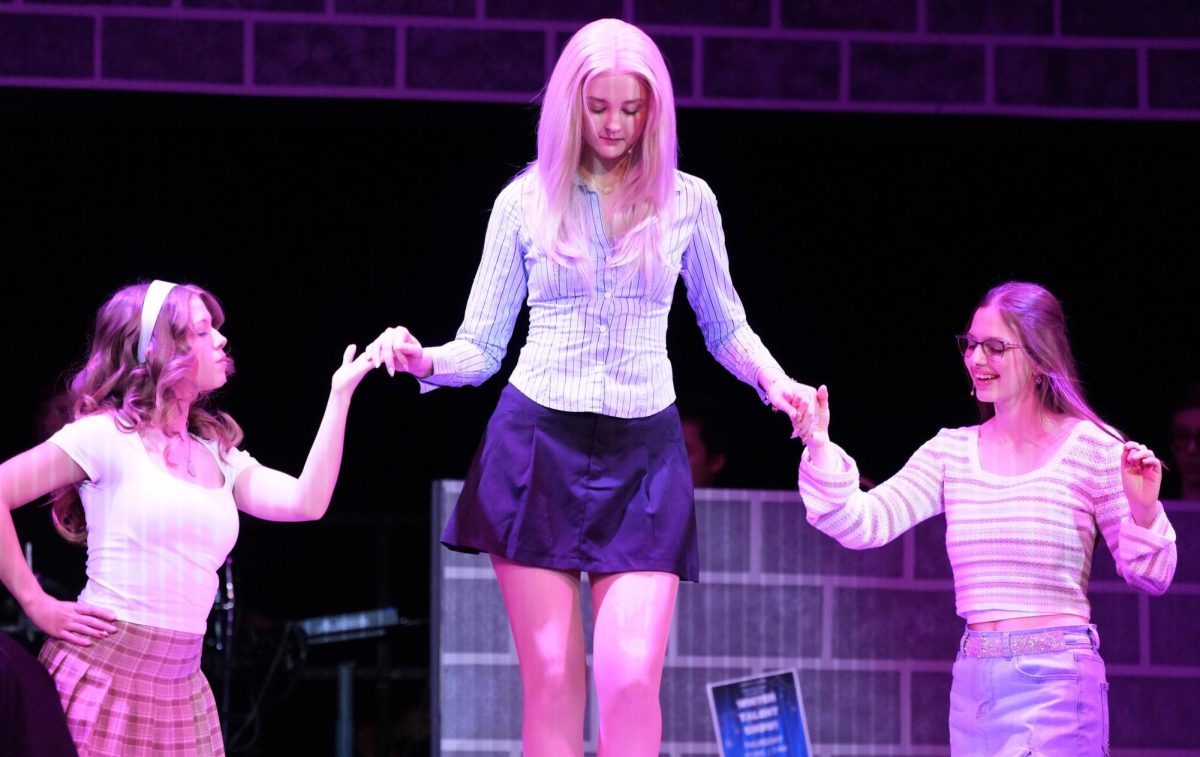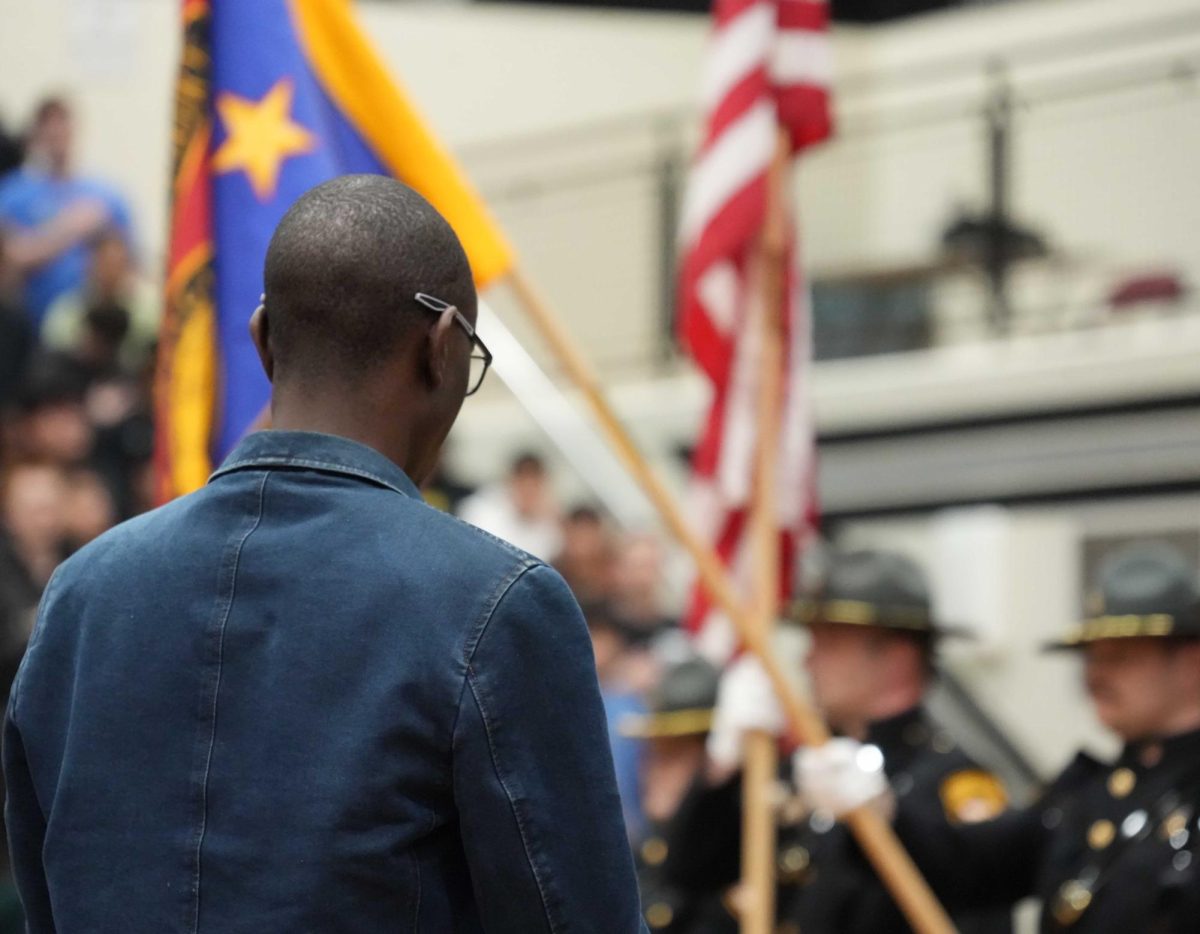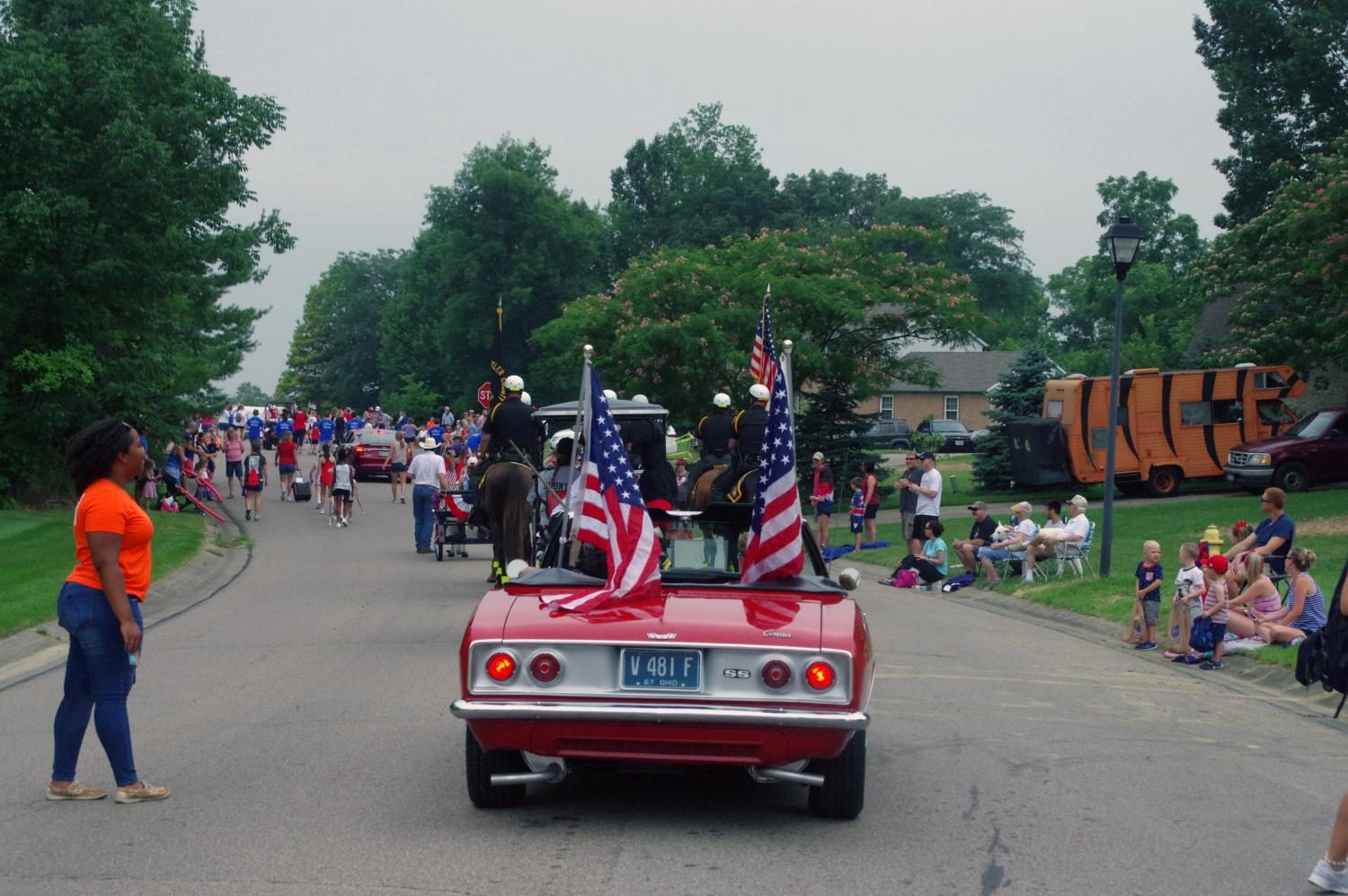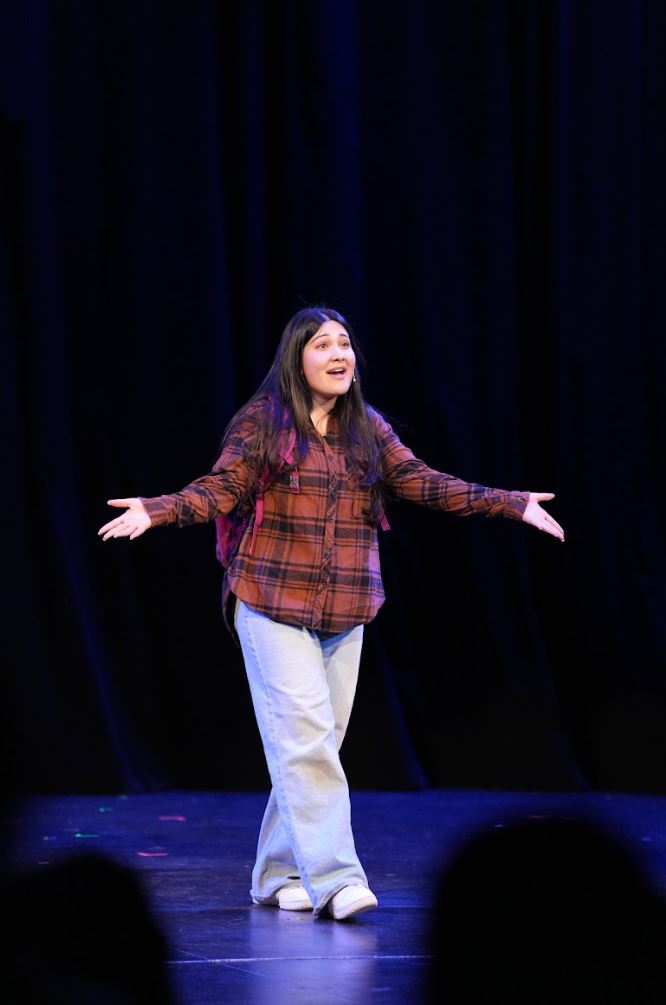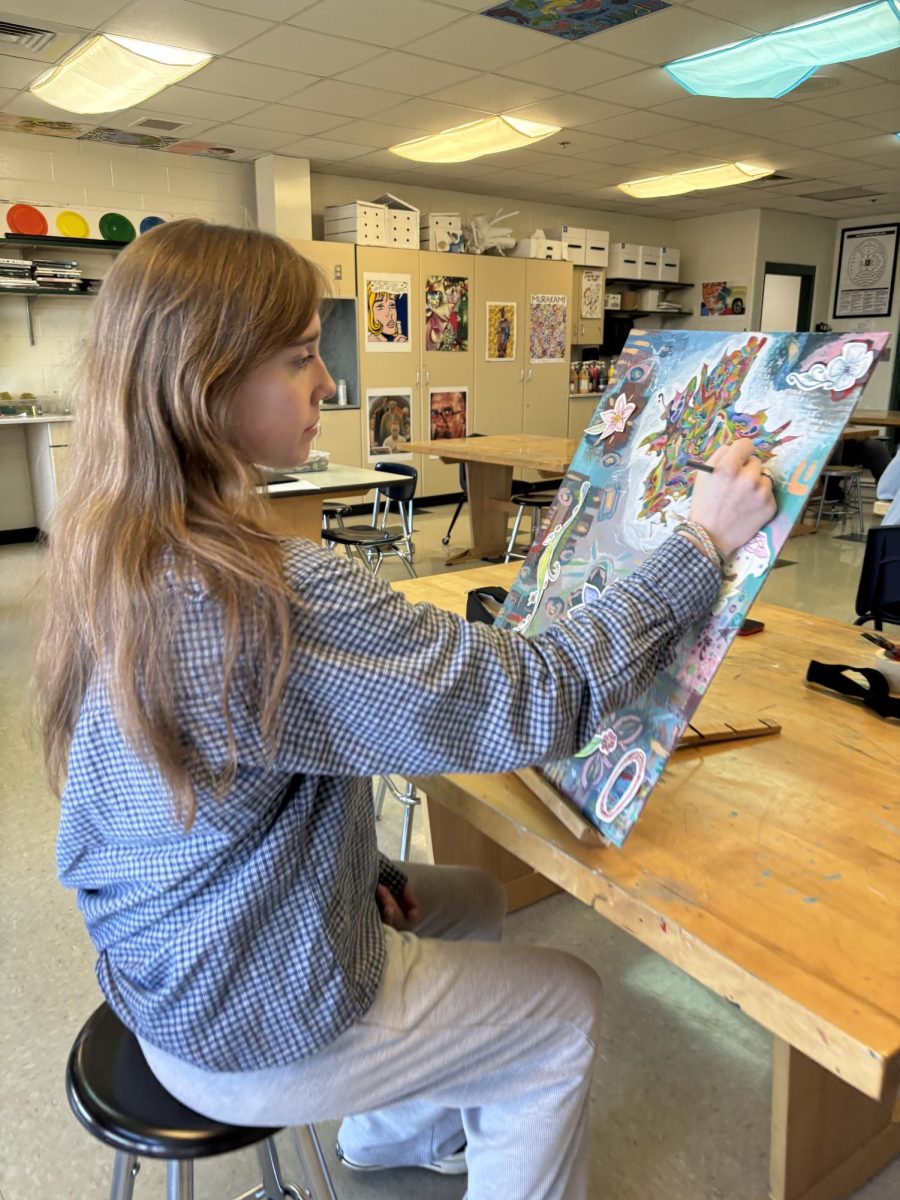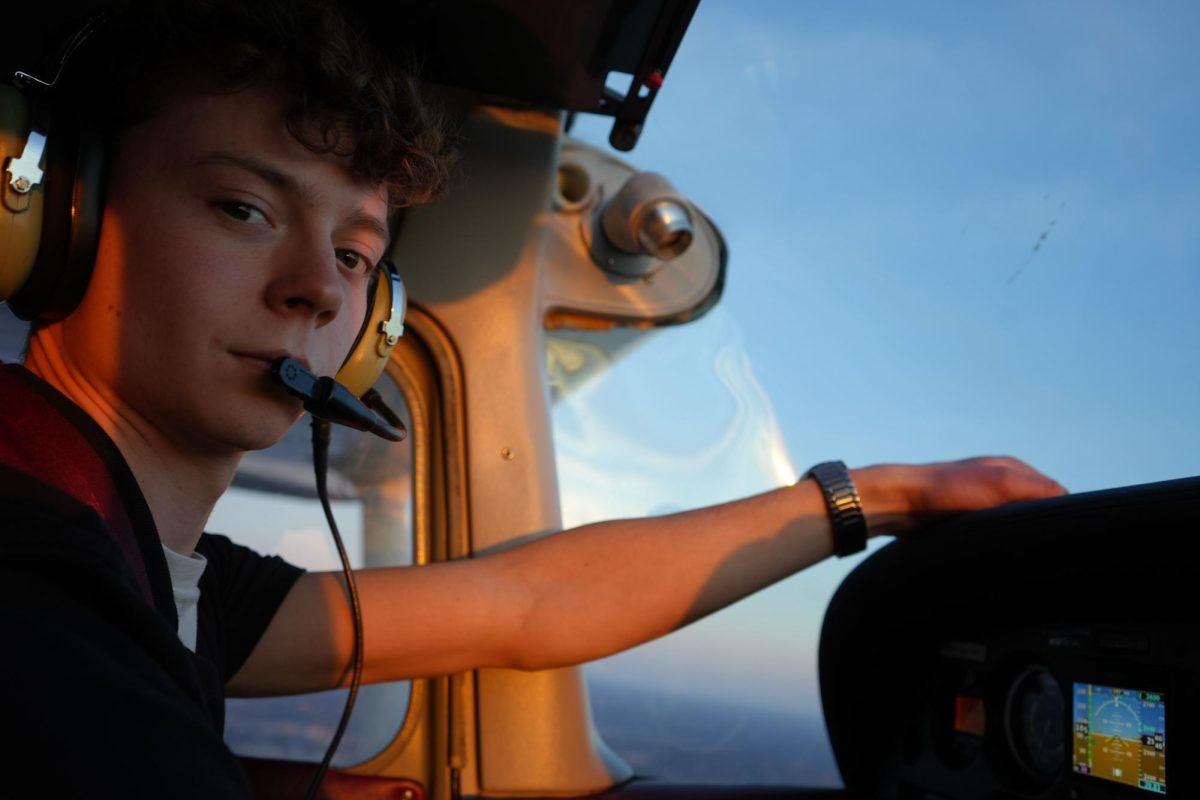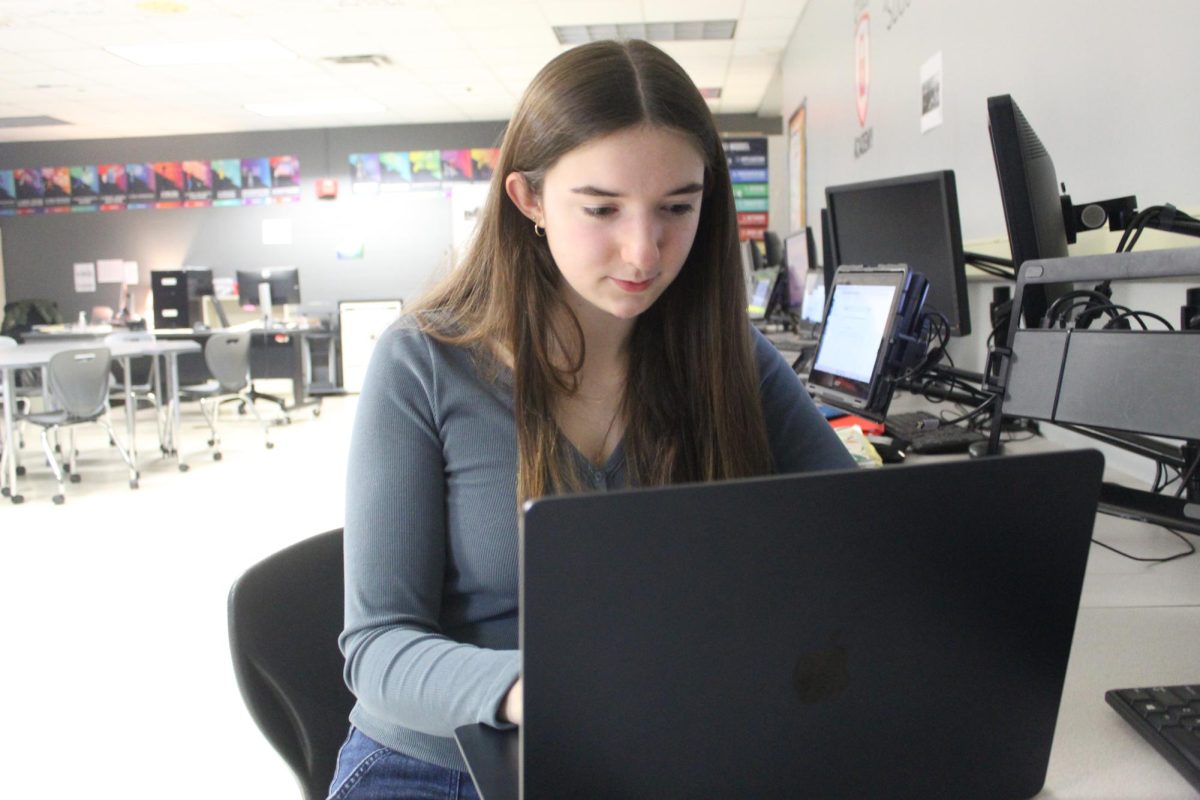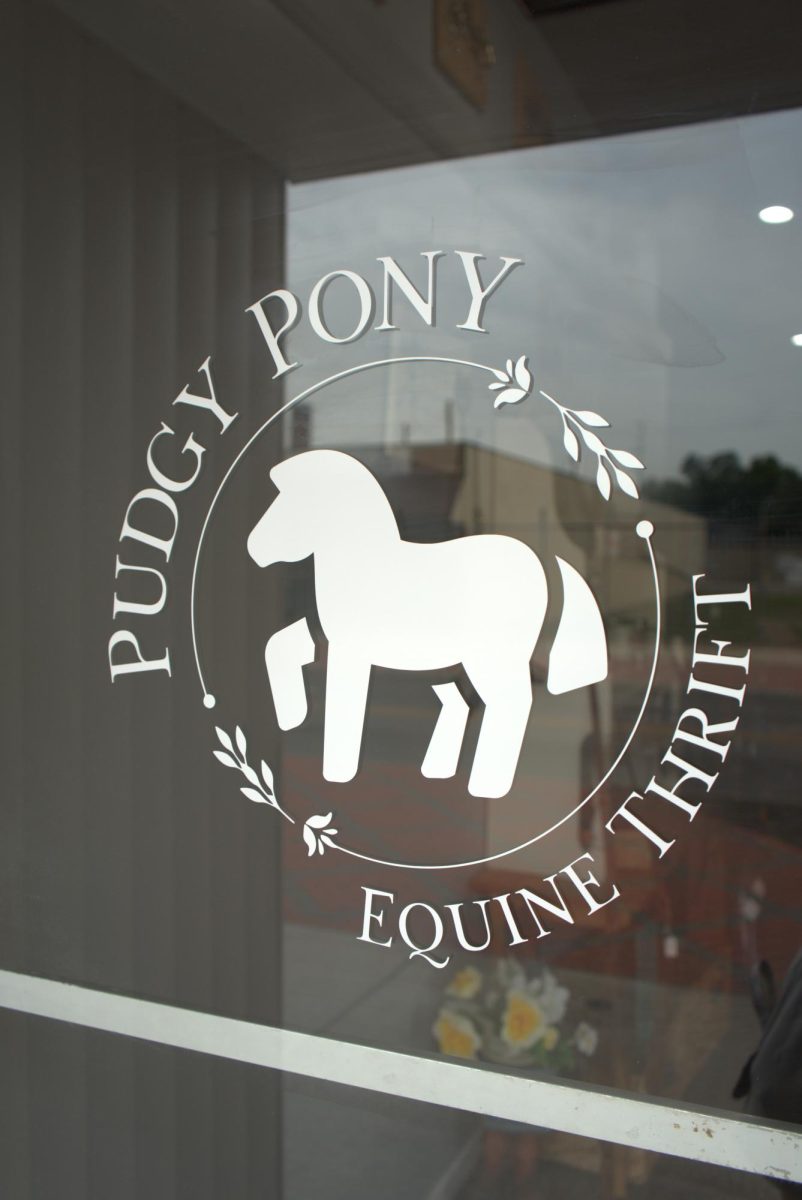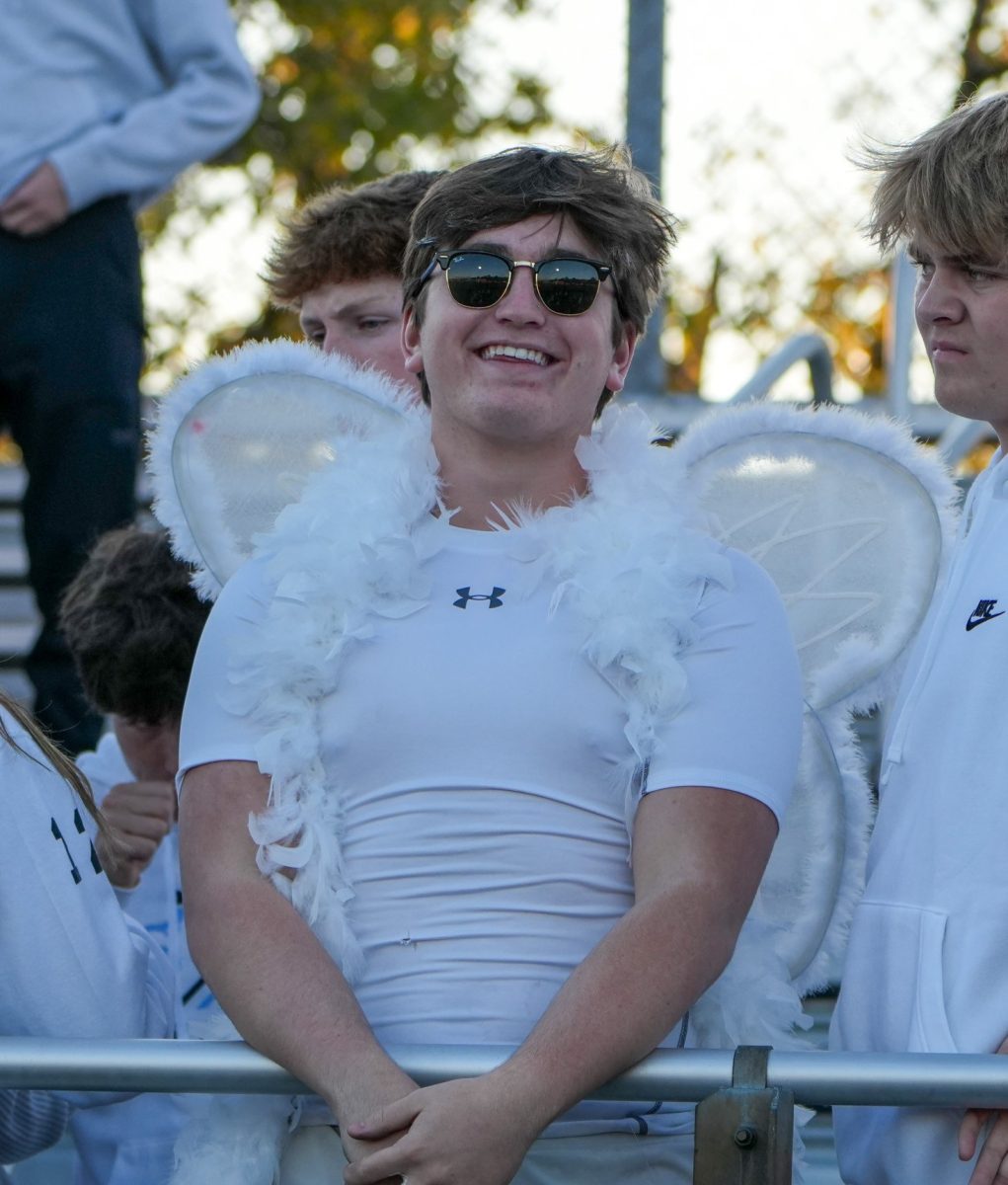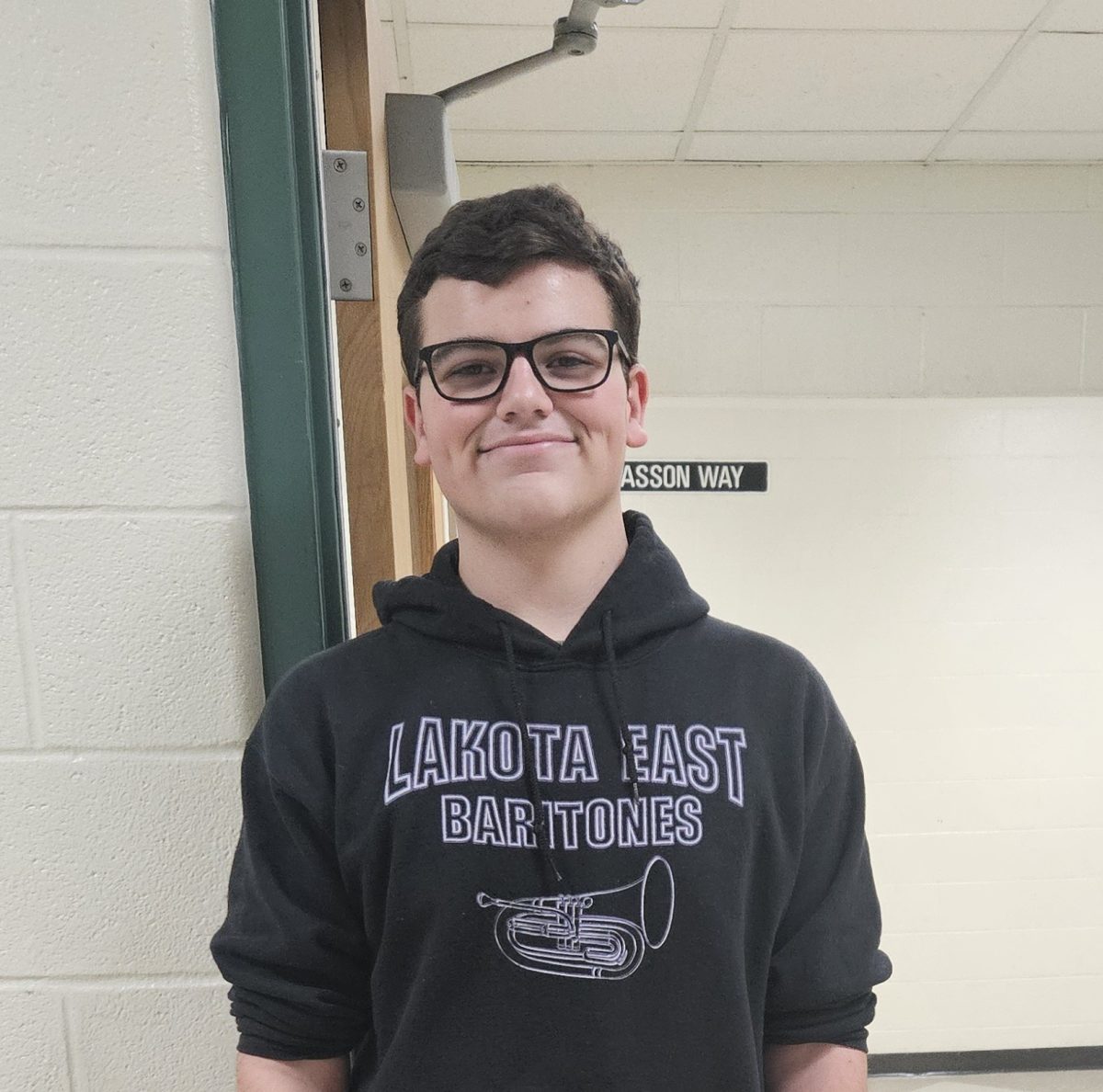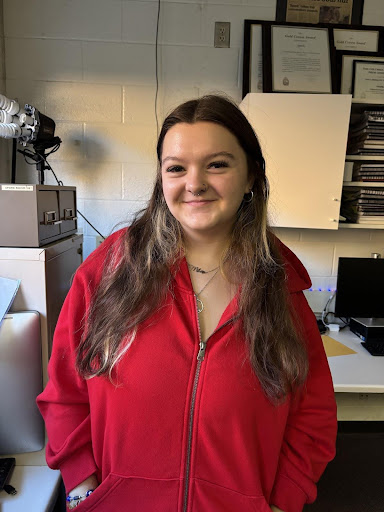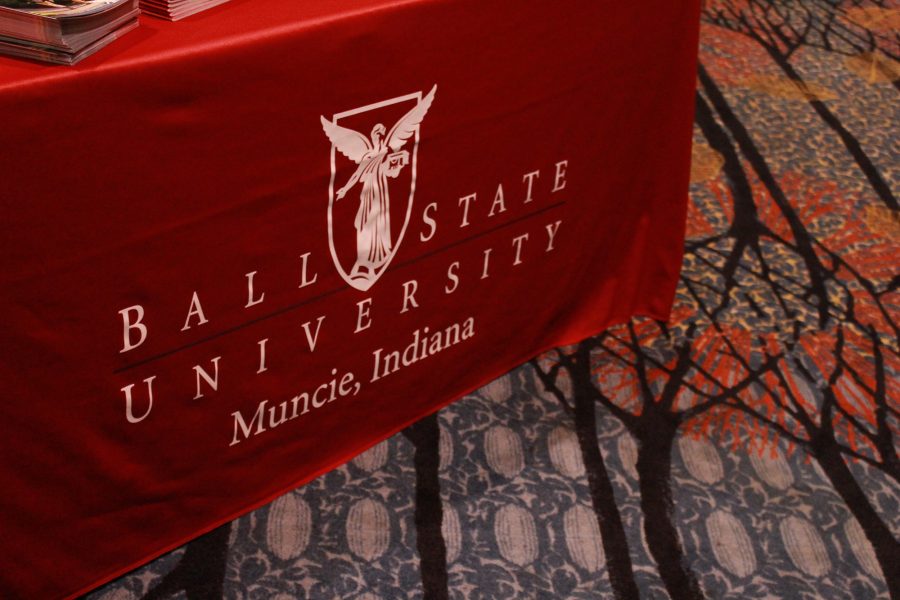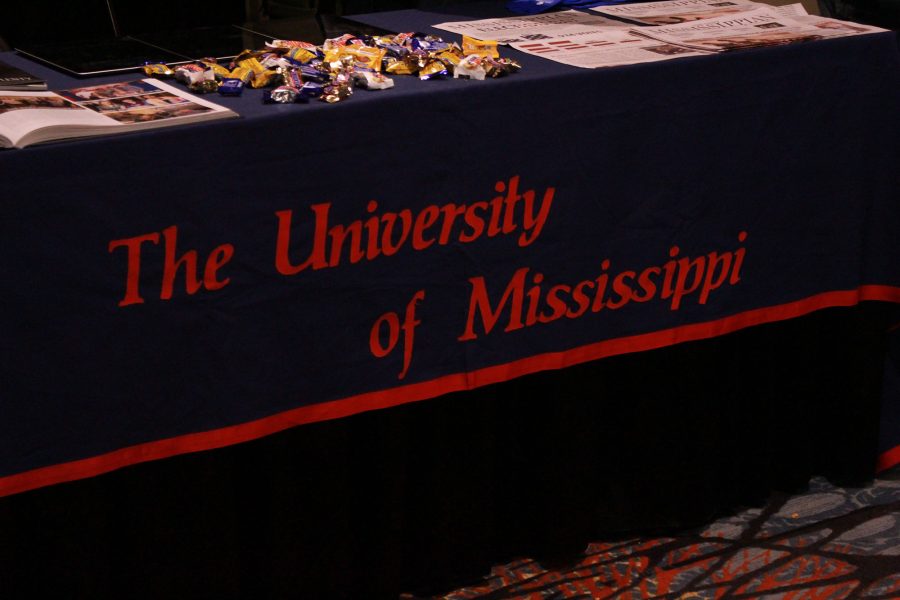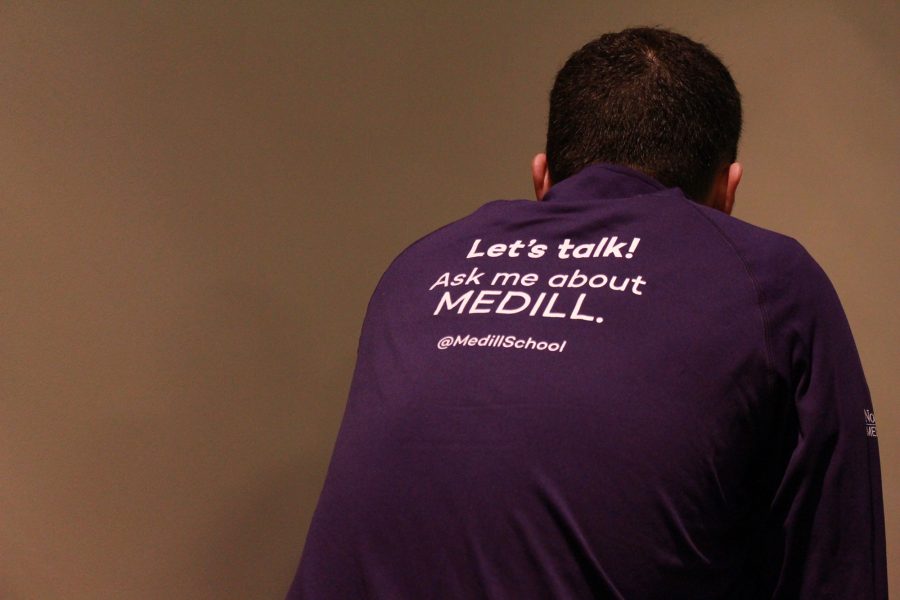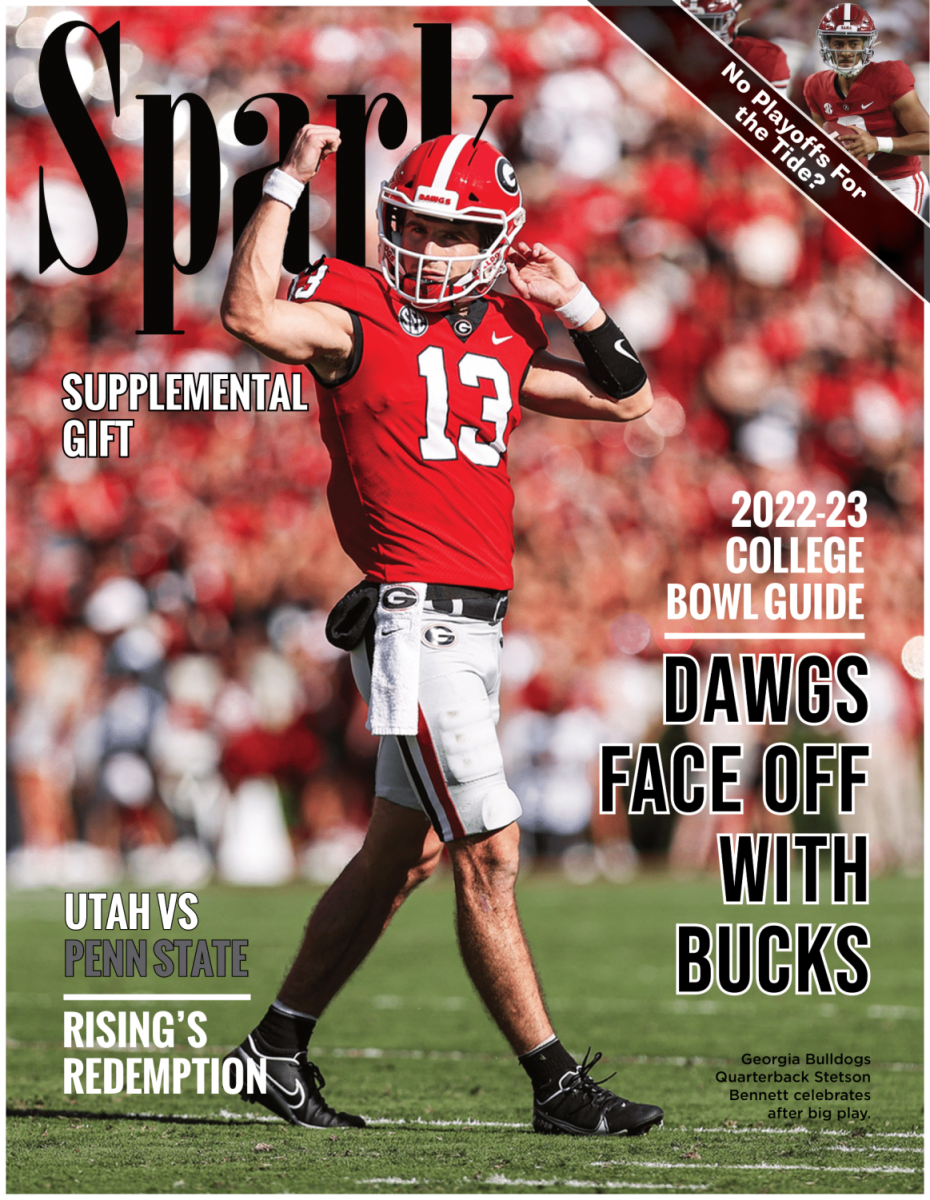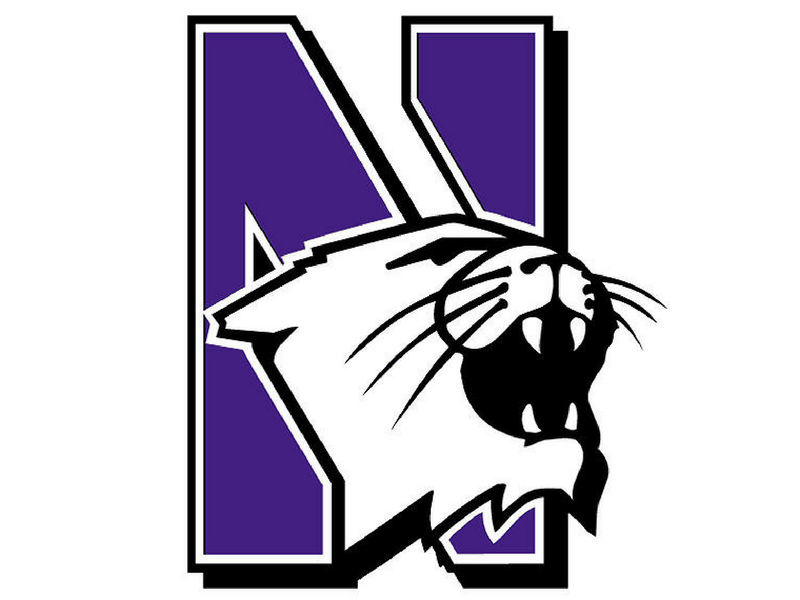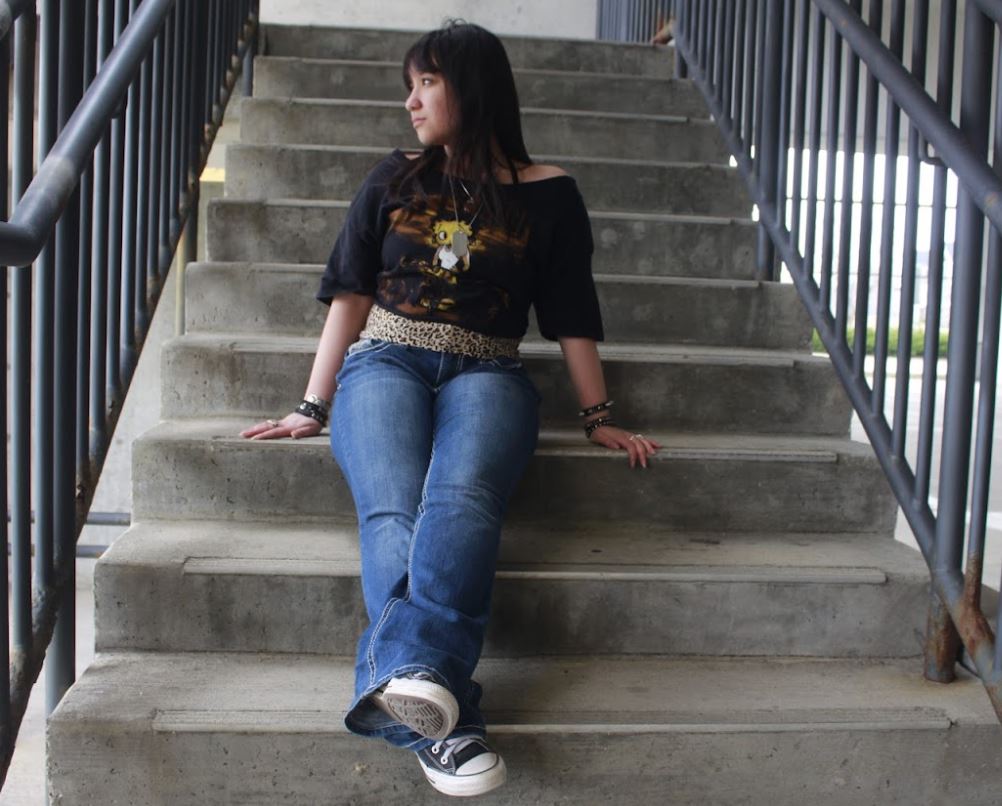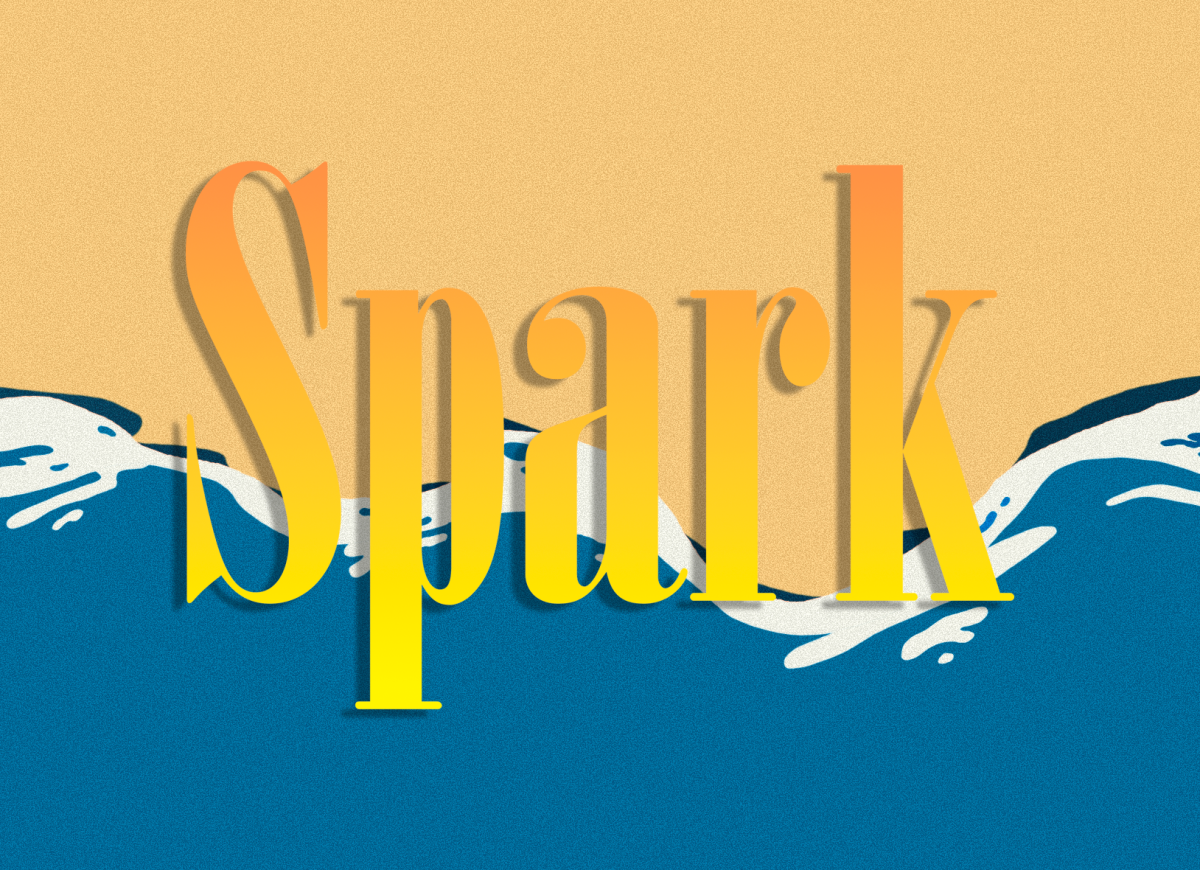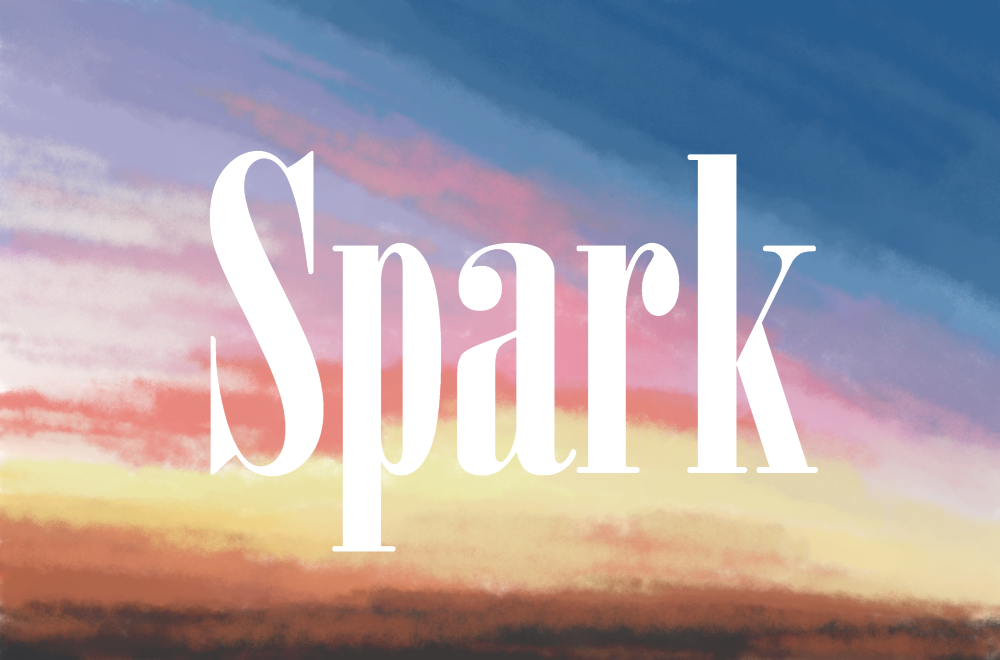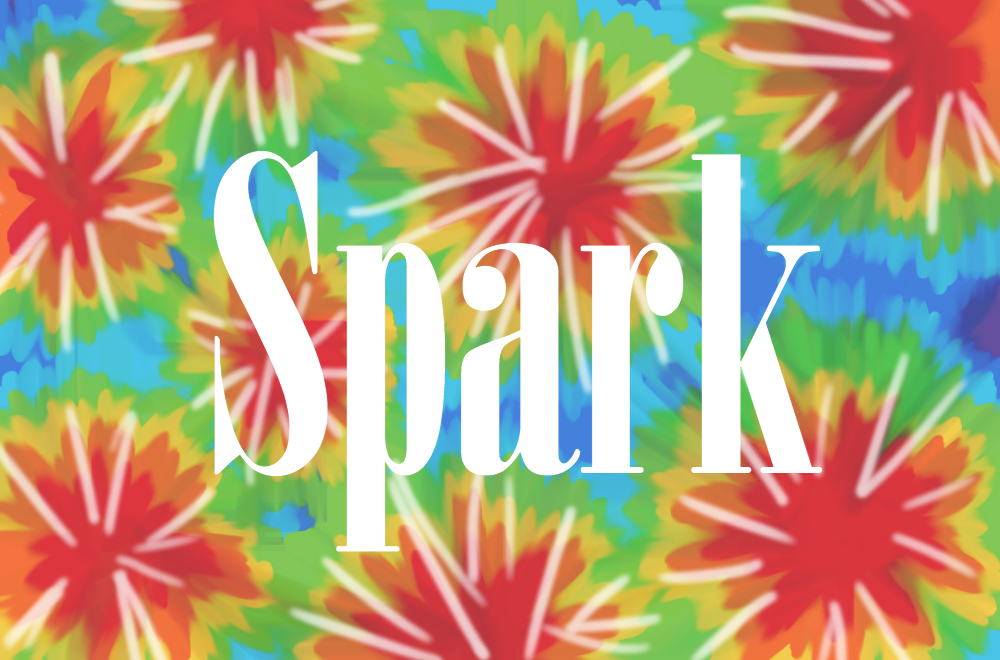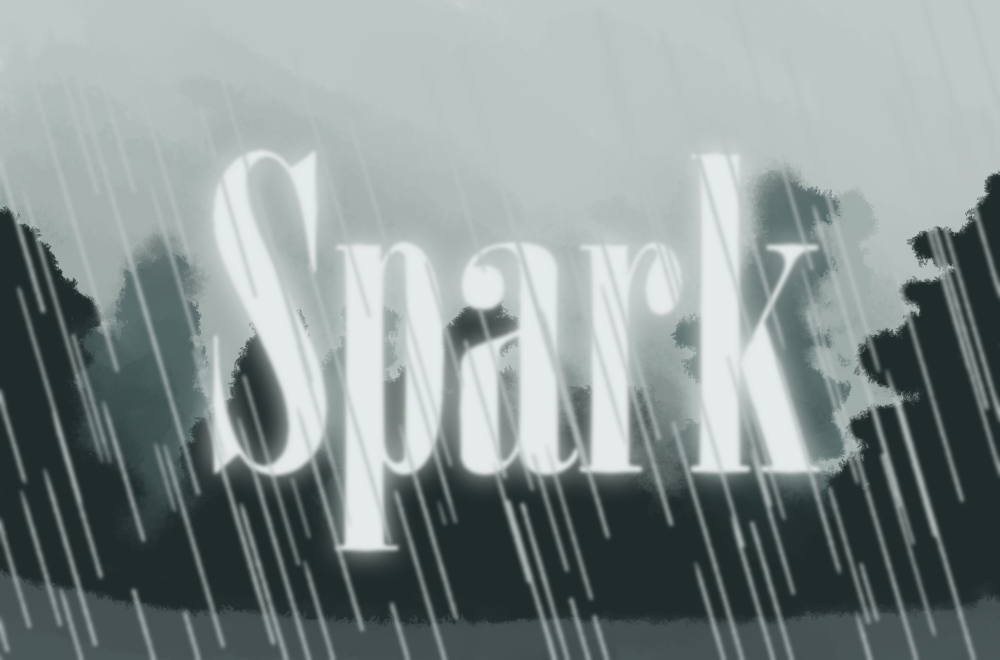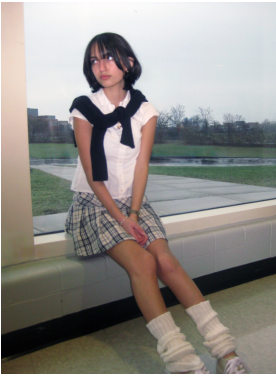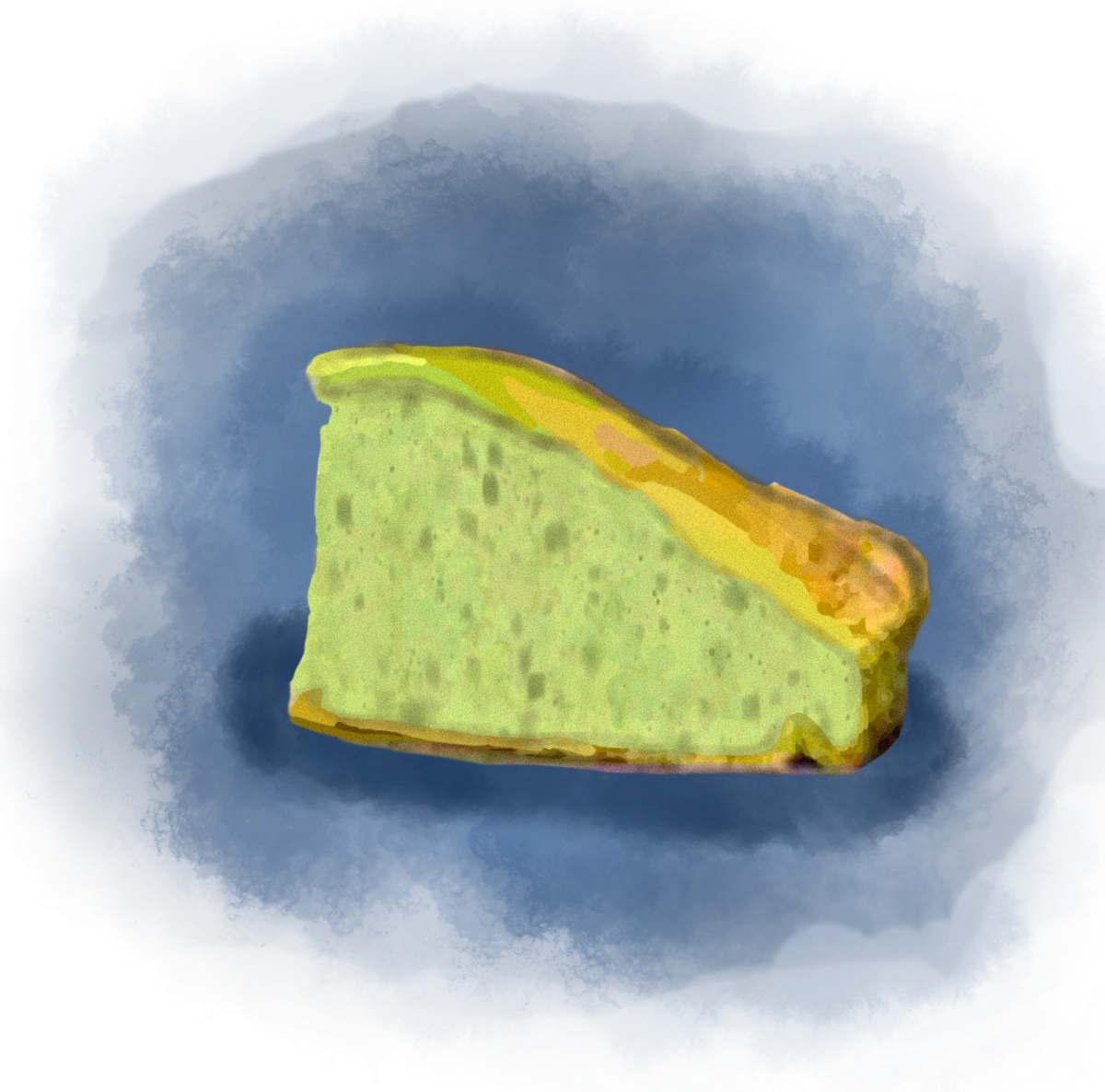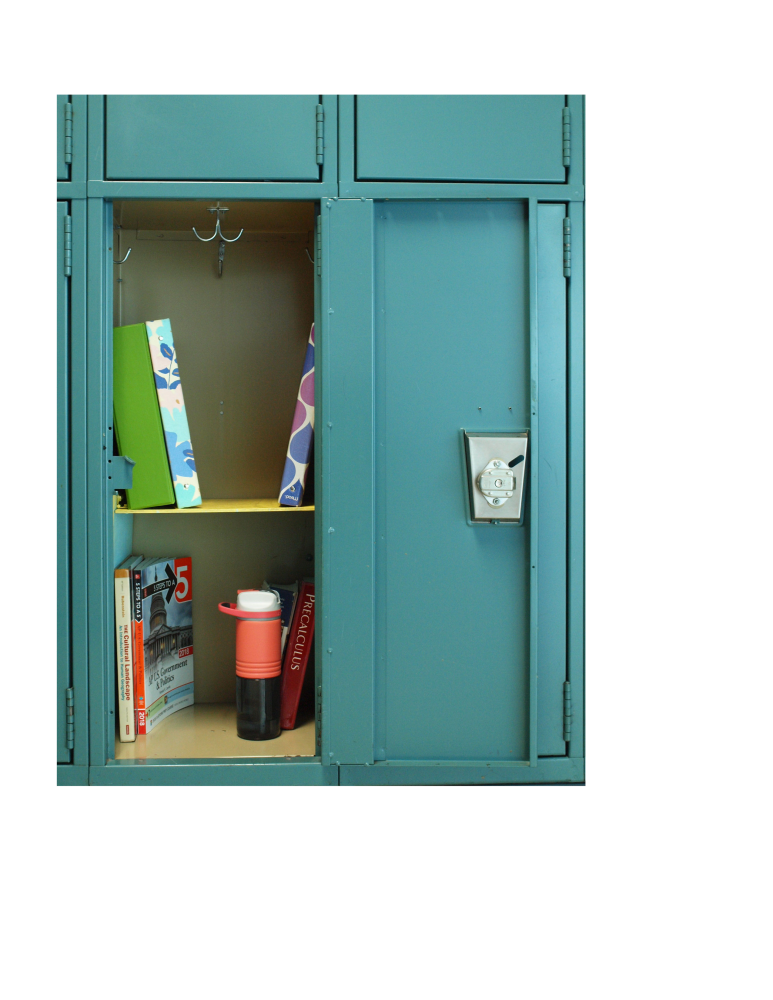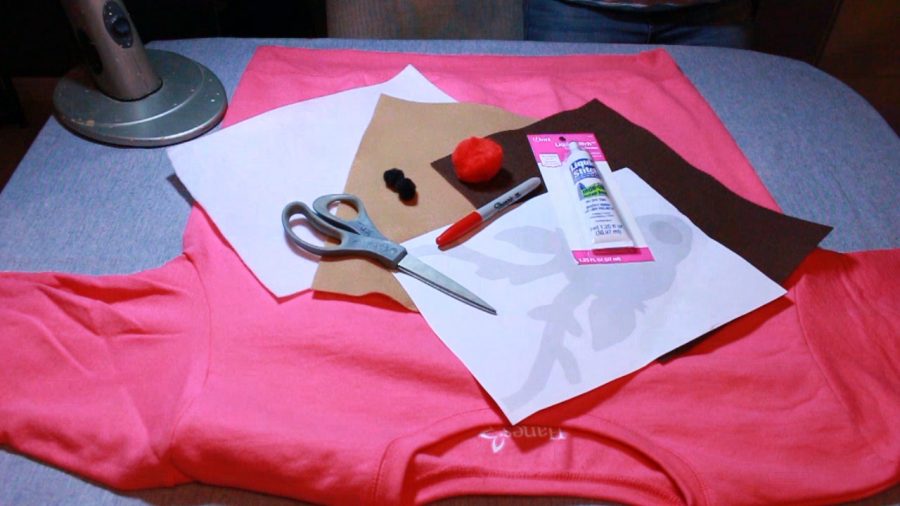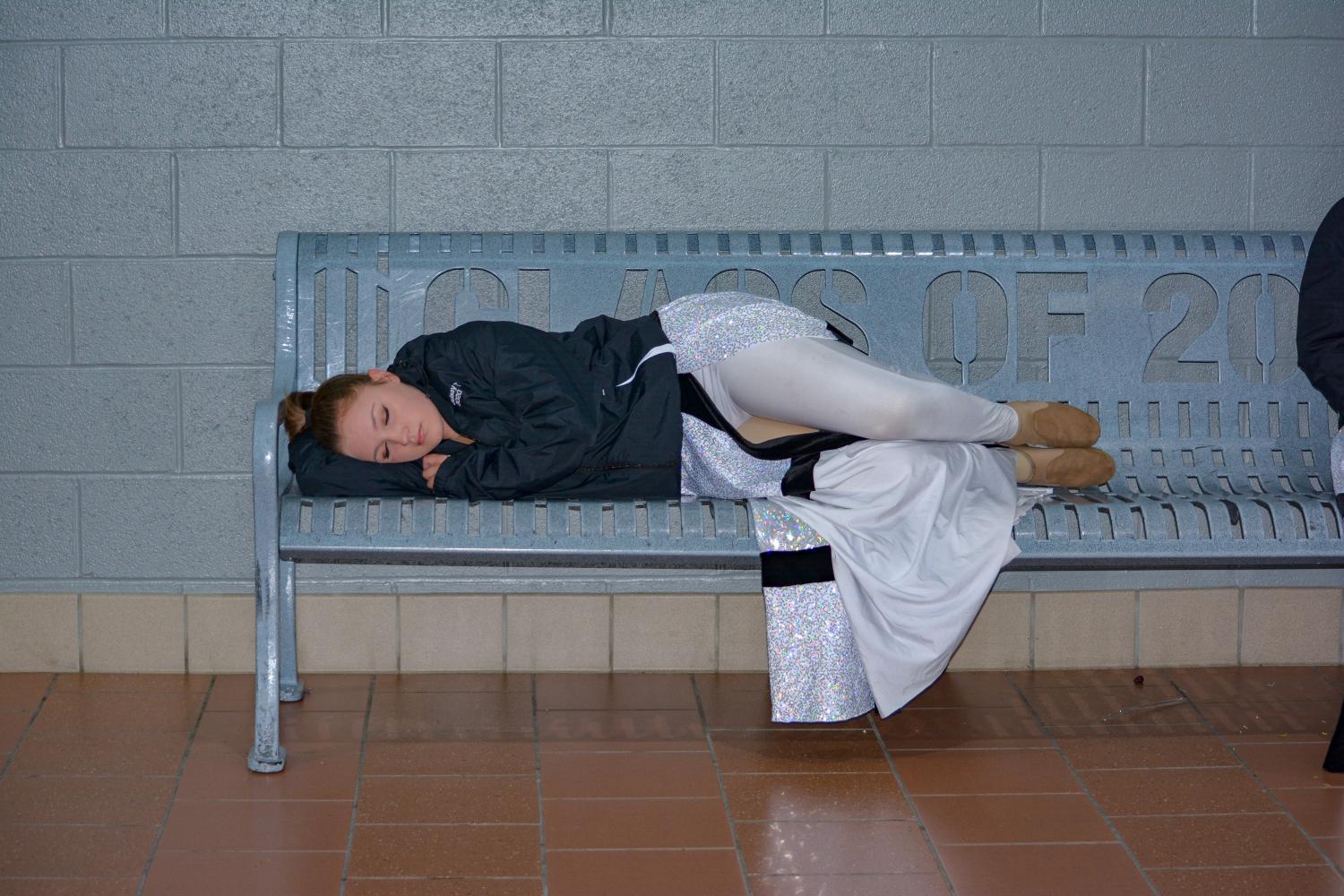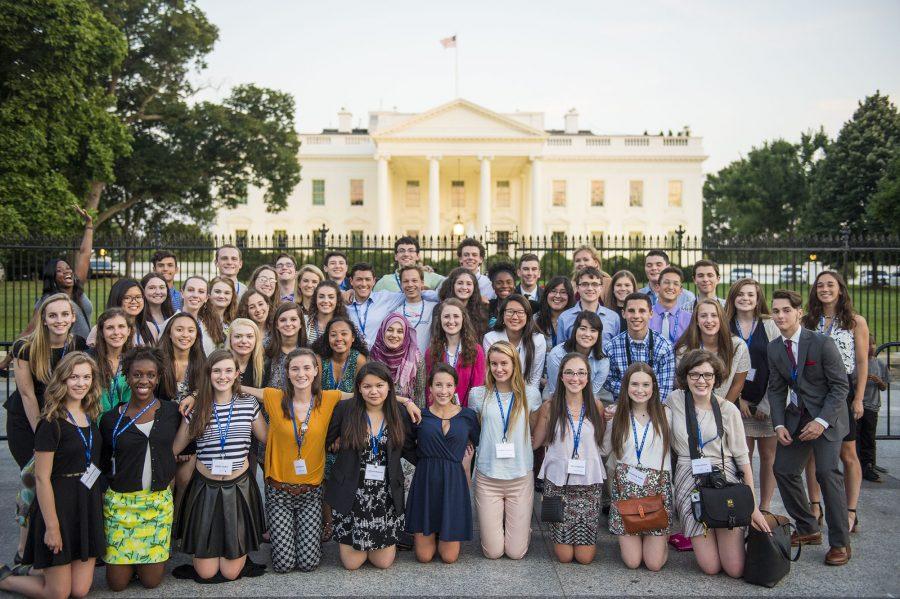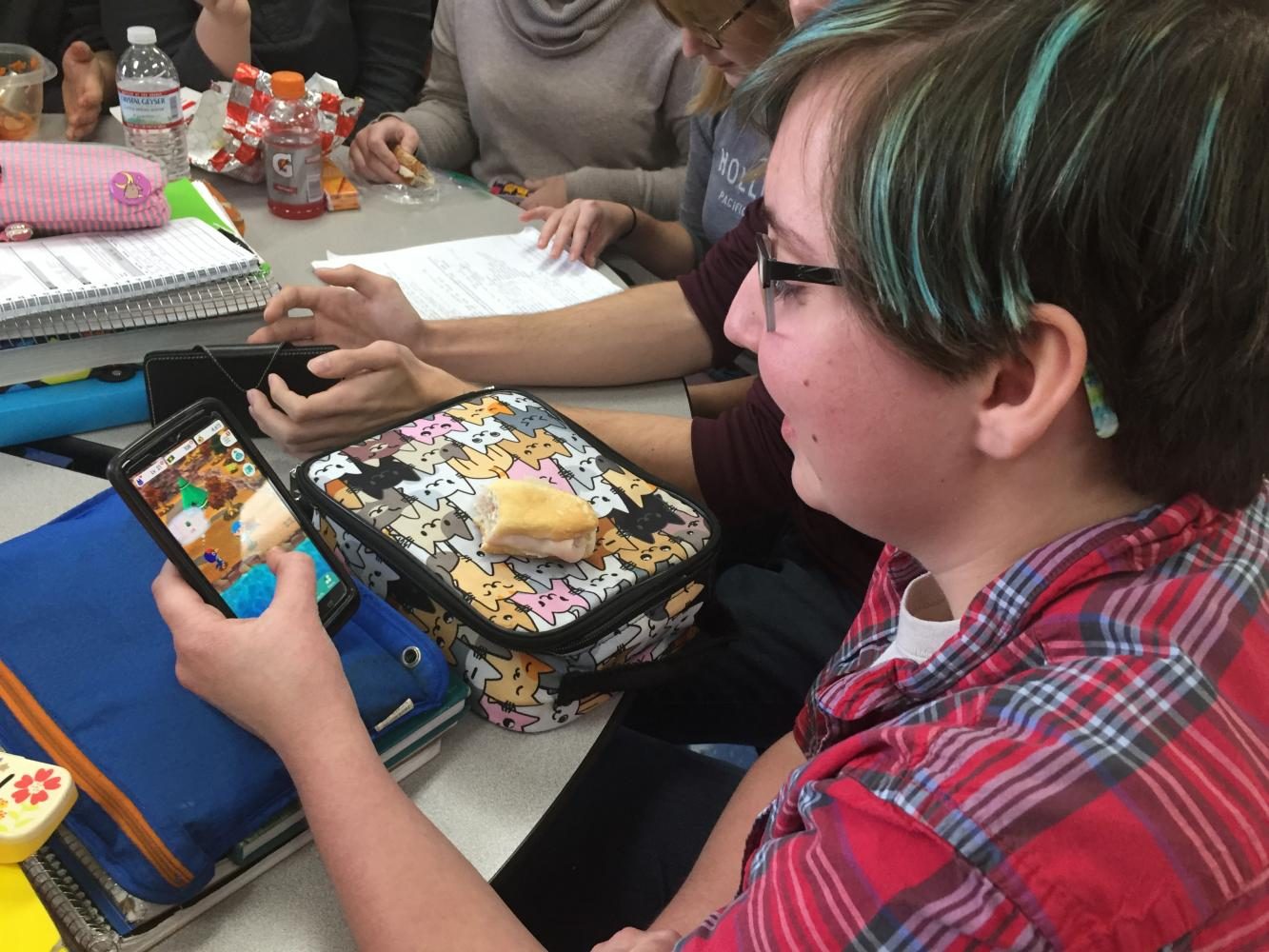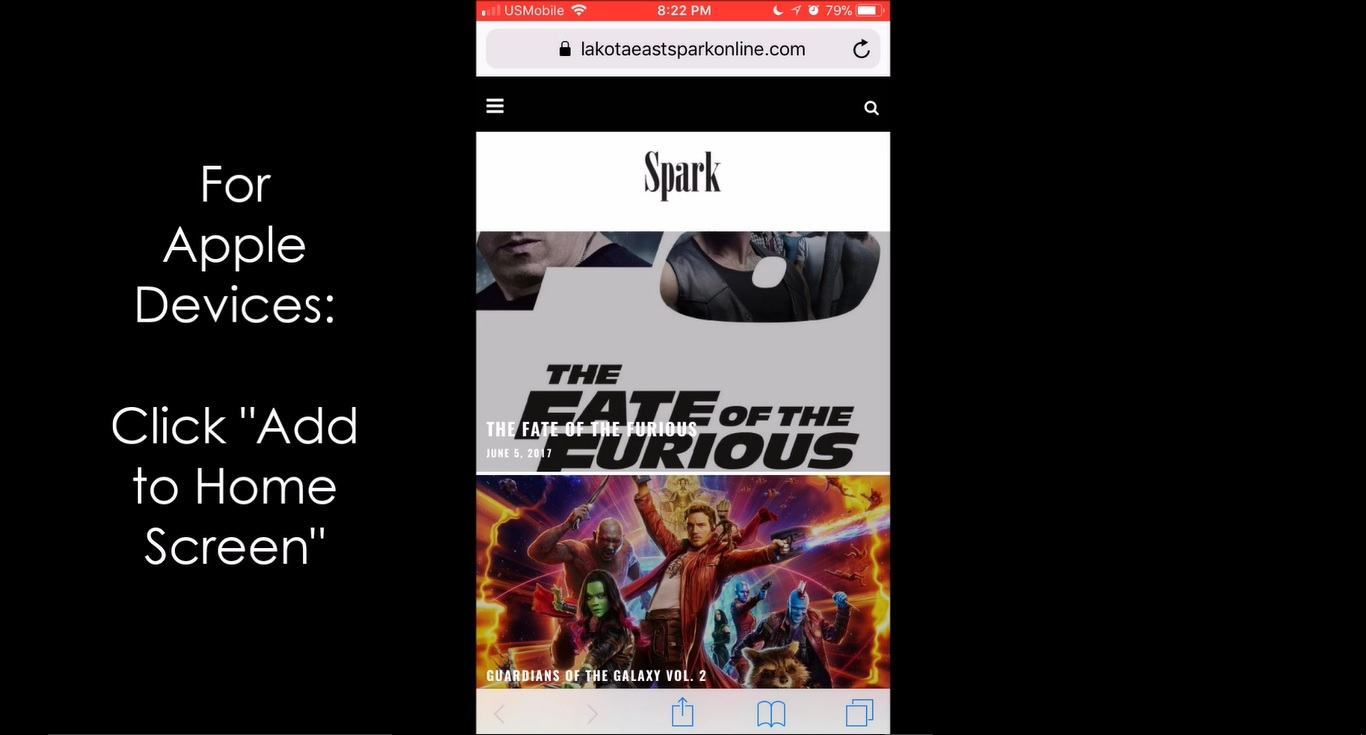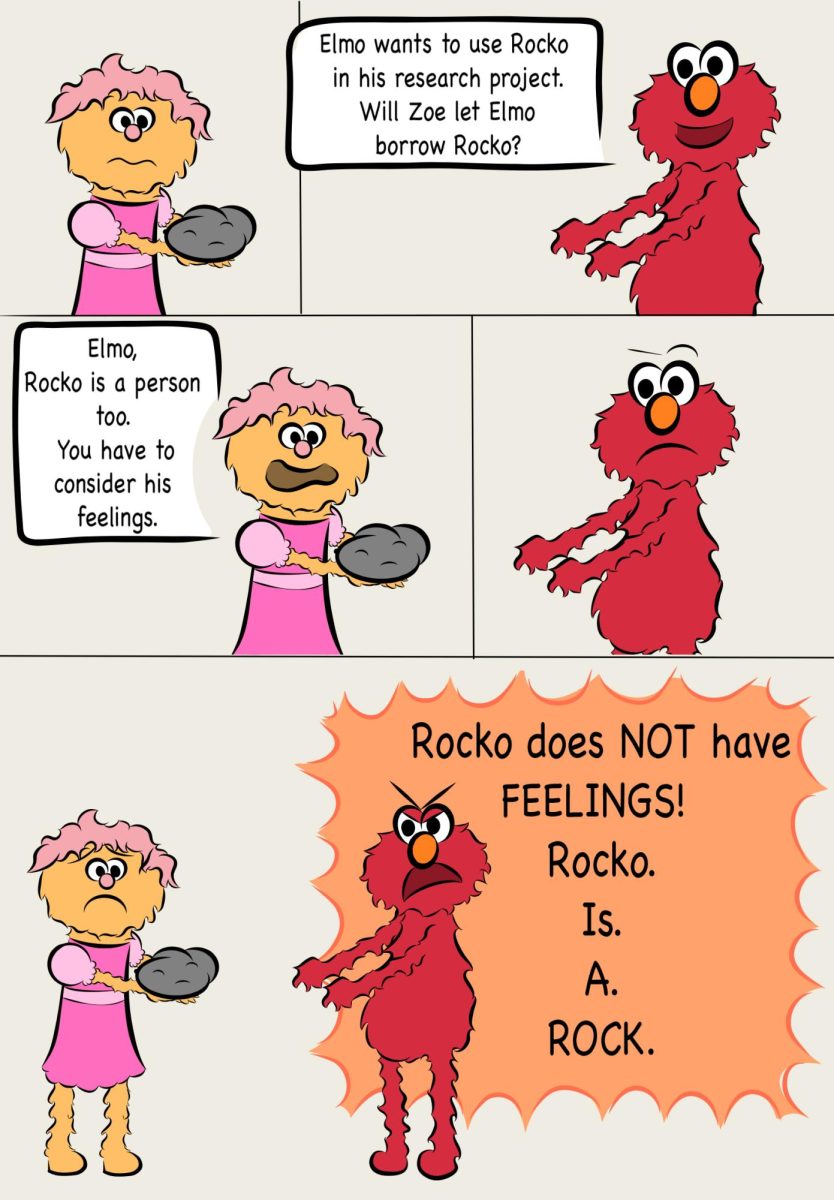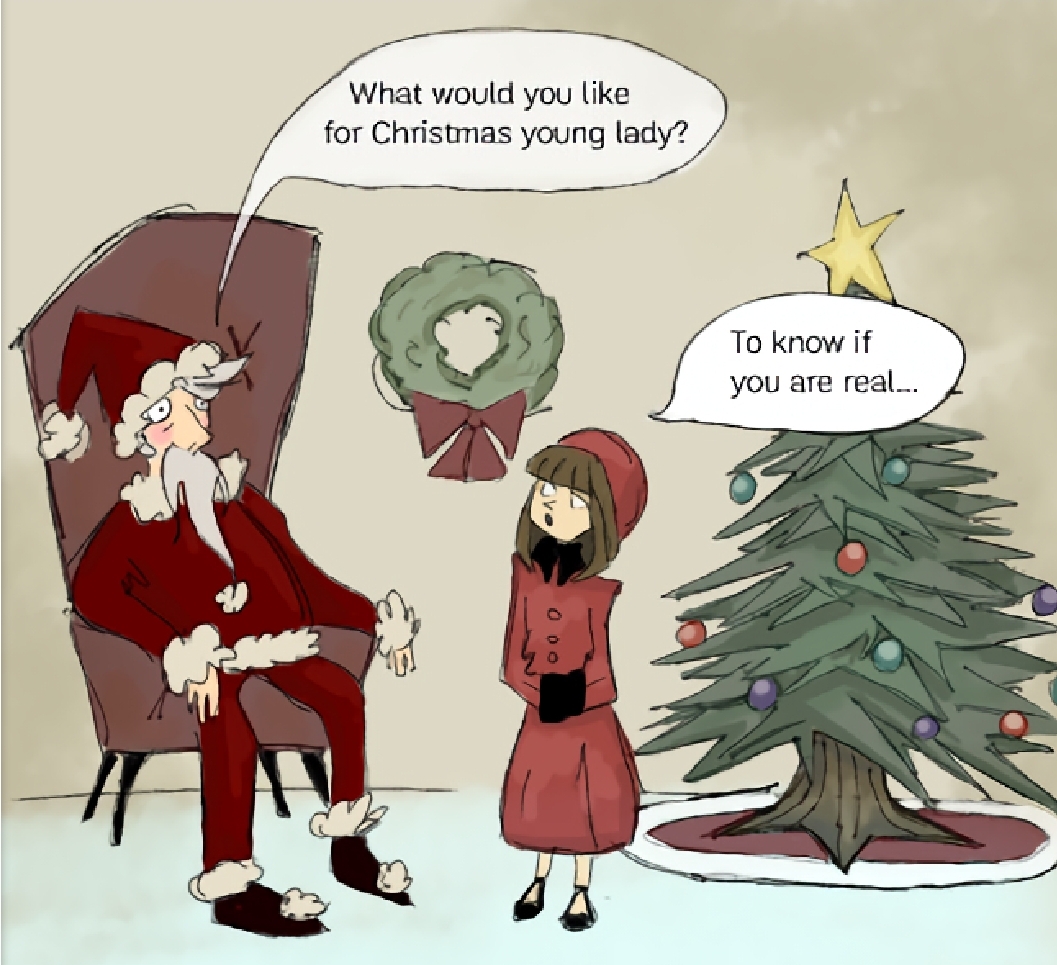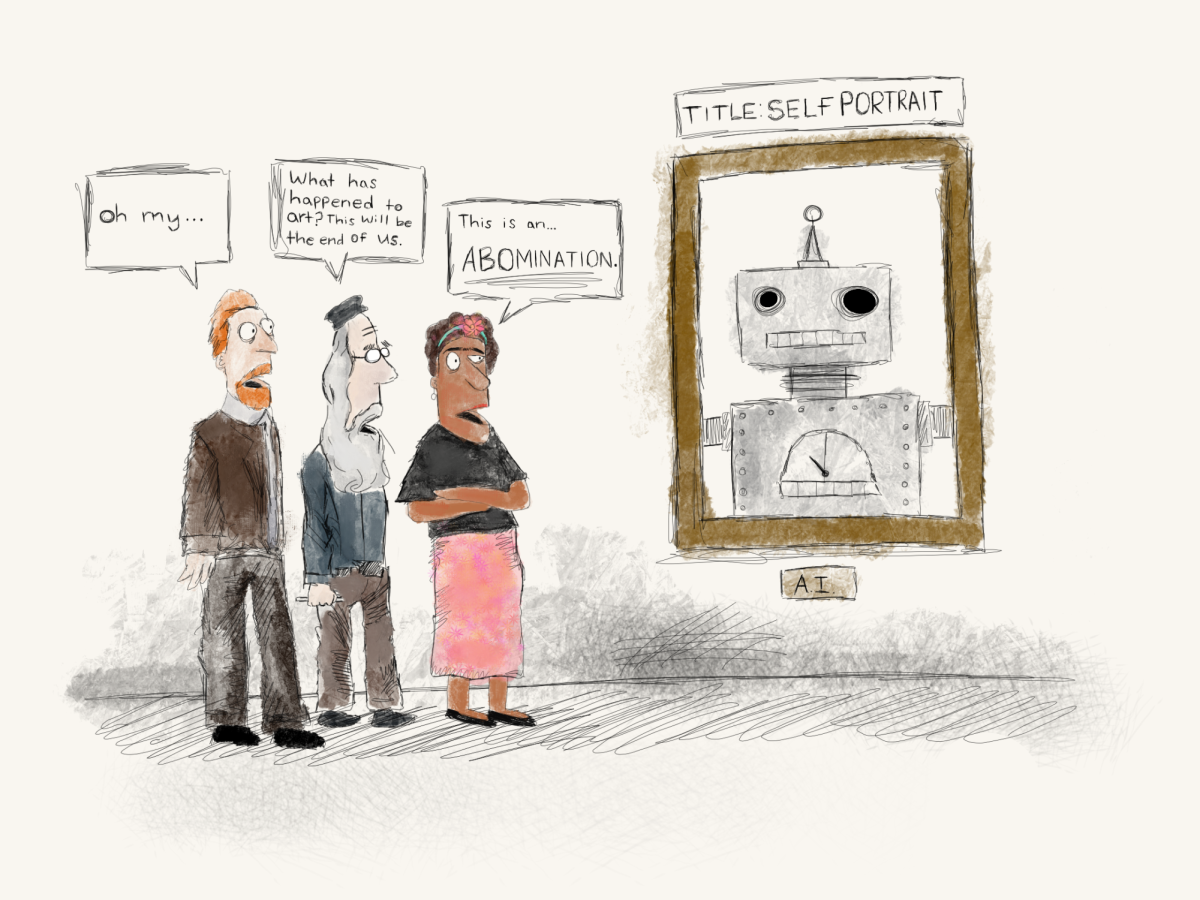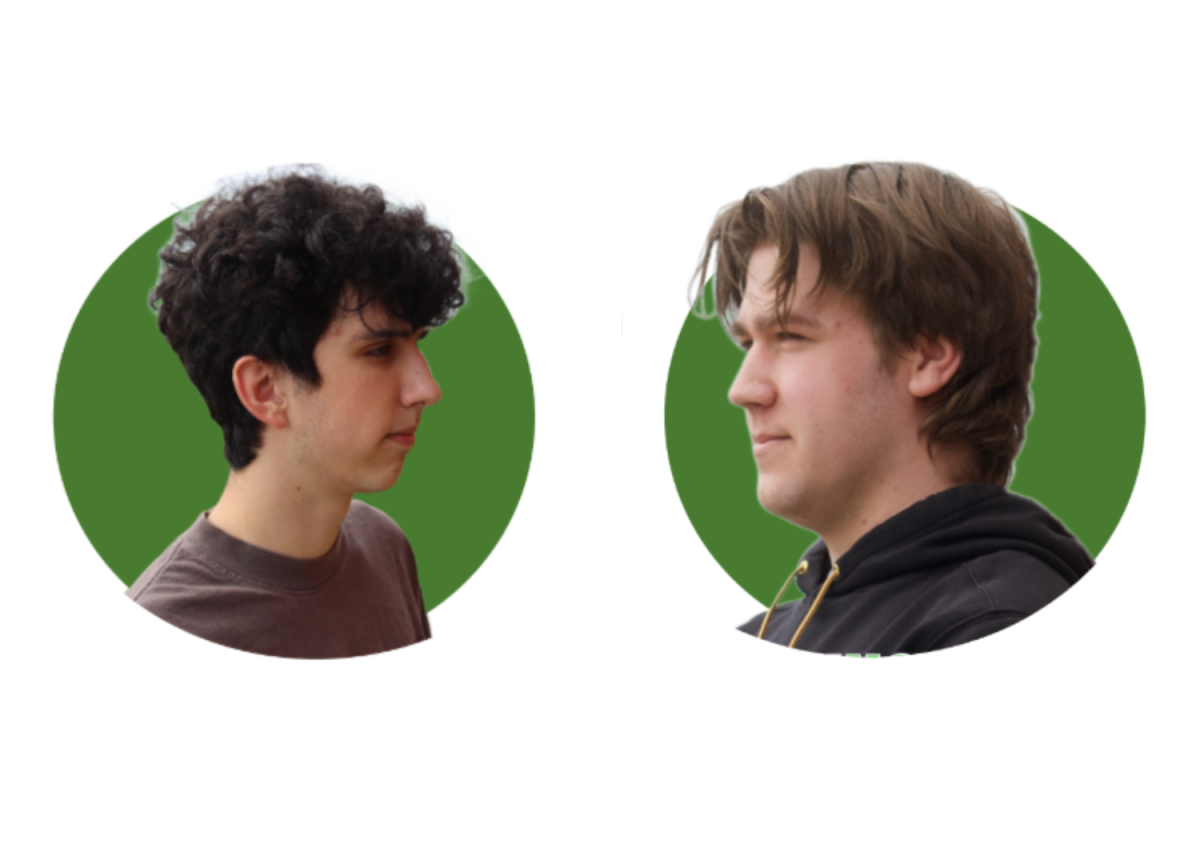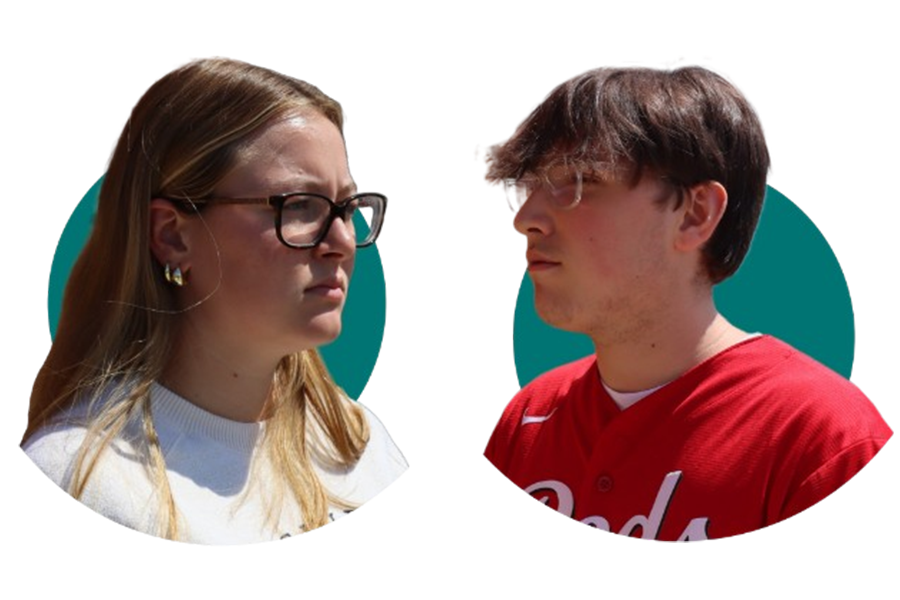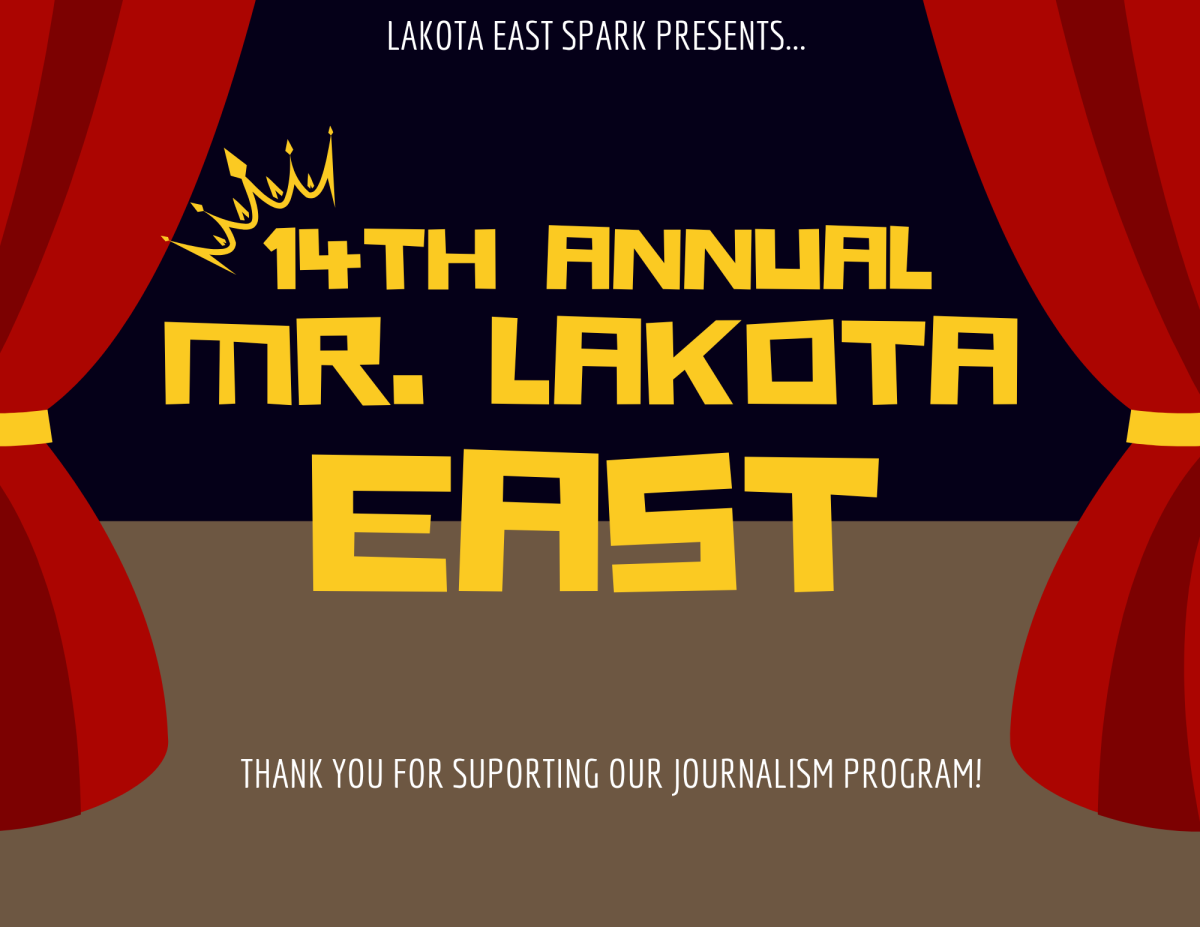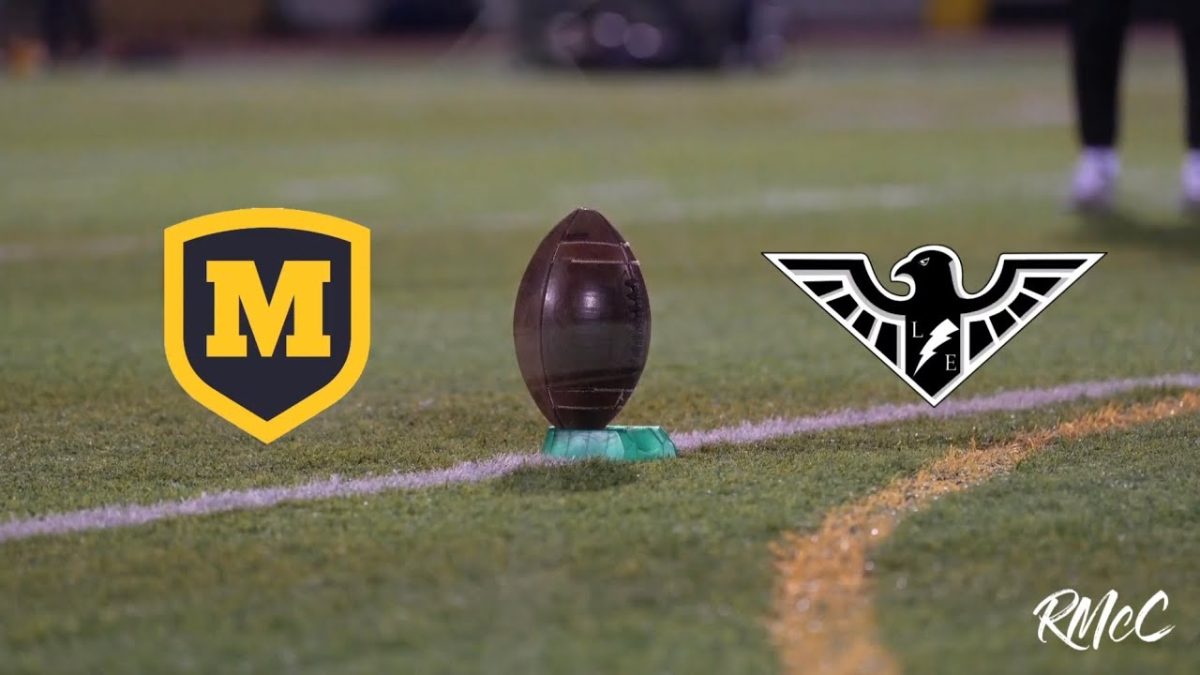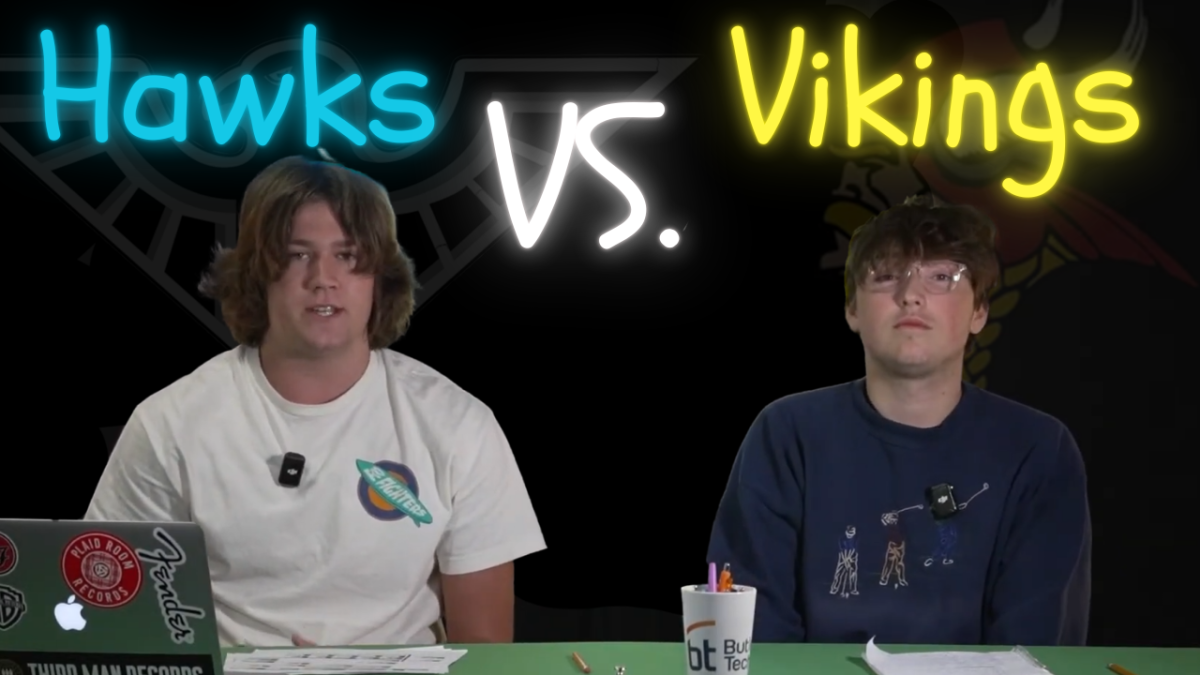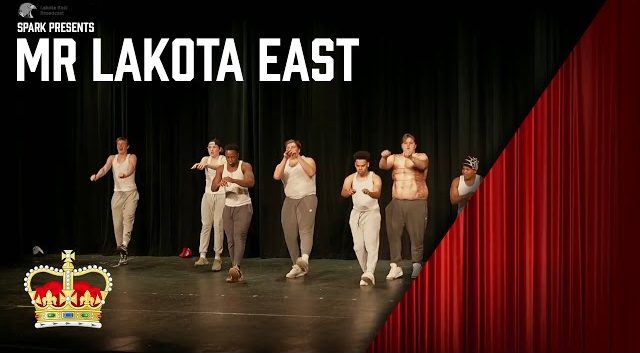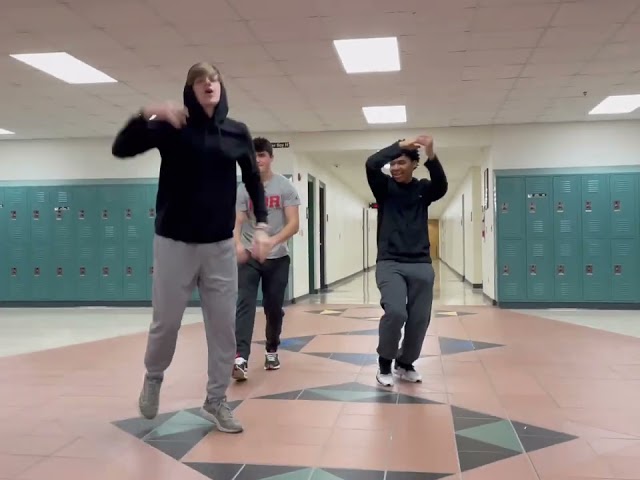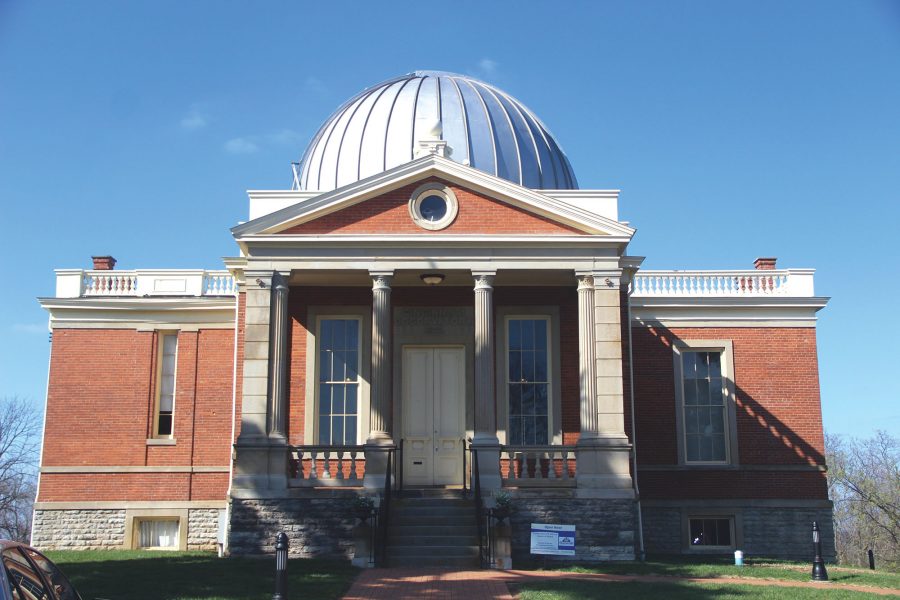By Cara Satullo | Photography by Cara Satullo
The closest a person can get to outer space in downtown Cincinnati isn’t on the 31st floor of PNC tower, the tallest skyscraper in the city, but rather it’s on the second floor of a much smaller red-brick building perched on top of a hill on Observatory Place: the Cincinnati Observatory.
As the sun goes down and the city goes to sleep—or doesn’t—stargazers make their way over to the observatory, shuffling up a short staircase and into a small, round room that houses the Mitchel telescope, the oldest professional telescope in the United States. Visitors take turns peering into the eyepiece, hoping to catch a glimpse of a planet, star, nebula or some other distant object of the universe.
“Each step along the way is like this ‘wow’ moment,” says Cincinnati Observatory Outreach Astronomer of 16 years, Dean Regas. “When they look through the telescope and can actually see the craters on the moon or the rings on saturn, that’s what I think is the most memorable.”
The observatory has been in operation since the early 1800s, when the Cincinnati Astronomical Society was founded, which is believed to be the first time in history that an organization was created by private citizens in order to found a public institution. American astronomer and Civil War general Ormsby MacKnight Mitchel played a key role in this process by going door-to-door collecting donations of $25, the average monthly salary at the time, which amounted to more than $7,000 in fewer than two months. This money helped fund the project, and former President John Quincy Adams arrived on Nov. 9, 1843 to help lay the cornerstone of this new facility.
All kinds of people pitched in to make this venture a success, and their donations were used to purchase from Munich, Bavaria the 11-inch refracting Mitchel telescope, which was first used in 1845 and is still used at the observatory today, along with the 16-inch refracting Clark telescope, which was made in 1904.
“We’re a little bit different because we have these telescopes that should be in museums,” says Regas. “Yet we let people touch them and use them. They’re like working museum pieces.”
Although the observatory started as a public institution and is used as such today, it wasn’t always that way. For several decades, it served as a research facility owned by the University of Cincinnati and in the late 1990s was almost sold and toppled over in order to make space for the construction of new condos. The surrounding community banded together to protect this historic site and helped initiate a return to the observatory’s original mission of education.
“When I first started, this place was a lot more run-down,” says Regas. “It was kind of creepy looking from afar because the outside walls were black from soot, the inside wasn’t really used much, and there was paint peeling. It’s hard to picture what it was like before.”
Following several renovations, the observatory morphed back into the picturesque building that can be seen today. The site has been dubbed a National Historic Landmark, one of nine national landmarks in Cincinnati, and has brought back the goal of public outreach.
Every Thursday and Friday night, there are public viewing events that typically attract around 30 people. On Thursdays, admission is free with a suggested $5 donation, and on Friday, there is a fee of $7 for adults and $5 for children under the age of 18. Guests are welcome to listen to a short presentation given by a professional or amateur astronomer and look through the historic telescopes, typically the Mitchel. Due to the age of these instruments, they are fairly simple to operate, and the observatory members often encourage public participation.
“I think the most surprising thing is how ready they are to let everyone play with the telescopes,” says Observatory Assistant Mitchell Camfield. “Within the first hour of meeting these people, they were like, ‘Okay, this is how you swing this 175-year-old telescope across the room.’”
East senior Bobby Yost was able to experience one of these public viewing events first-hand when he went to the observatory with members of East Science Olympiad team who were to compete in the astronomy event at the upcoming regional competition. They attended to prepare for the event, to talk to people in the field and to enjoy the program.
“My peers and I had some pretty tough questions about graphs related to Science Olympiad,” says Yost. “But even if the astronomers didn’t know exactly what they meant, they were able to walk us through and provide pretty great answers that helped us.”
This open atmosphere is fostered by a few full-time staff members and around 150 volunteers who work tirelessly to educate the public. Typically, the location for an observatory is in a removed, desolate corner of the earth, as to avoid light pollution, but the Cincinnati Observatory’s proximity to the city works in the favor of public education. As a result, larger crowds can attend the many programs that are offered. These include Late Night Date Night, Sunday Sun-day Sundae (A Sunday dedicated to learning about the Sun while eating Sundaes), special astronomy events (like the upcoming transit of Mercury) and various classes.
“My favorite part is receiving feedback from teachers and students,” says Cincinnati Observatory Outreach Educator Katie Vaughn. “That’s the best because I can see the impact we’ve made on students, and that’s really the goal: to leave some sort of impression with them.”
While the proximity to the city allows for this close community connection, light pollution can obstruct the view of objects that aren’t as bright as the moon, planets and certain stars. In order to accommodate for this inevitable drawback, the observatory hosts “star parties” at the nearby Stonelick State Park. At these events, the public is encouraged to join amateur astronomers in viewing nebulae, star clusters and whatever else might be visible in the sky that night.
“You can bring telescopes, meet other astronomers and look at a really beautiful view that’s far enough outside of the city to not be affected by light pollution, but it’s still close enough that it draws a pretty big crowd,” says Vaughn. “There are some pretty incredible telescopes that are out there.”
At any point in the experience, whether it be stepping on the sundial, listening to a compelling presentation, admiring the beautiful architecture or gazing through the timeless telescopes, it’s difficult to not be reminded of the big picture and all that’s out there, past the limits of the Earth’s own small atmosphere.
“It’s like stepping back in time a little bit to like a steampunk Observatory, but it’s a real working Observatory where we see the stuff and use the telescopes,” says Regas. “It’s really like no other place in Cincinnati.”


